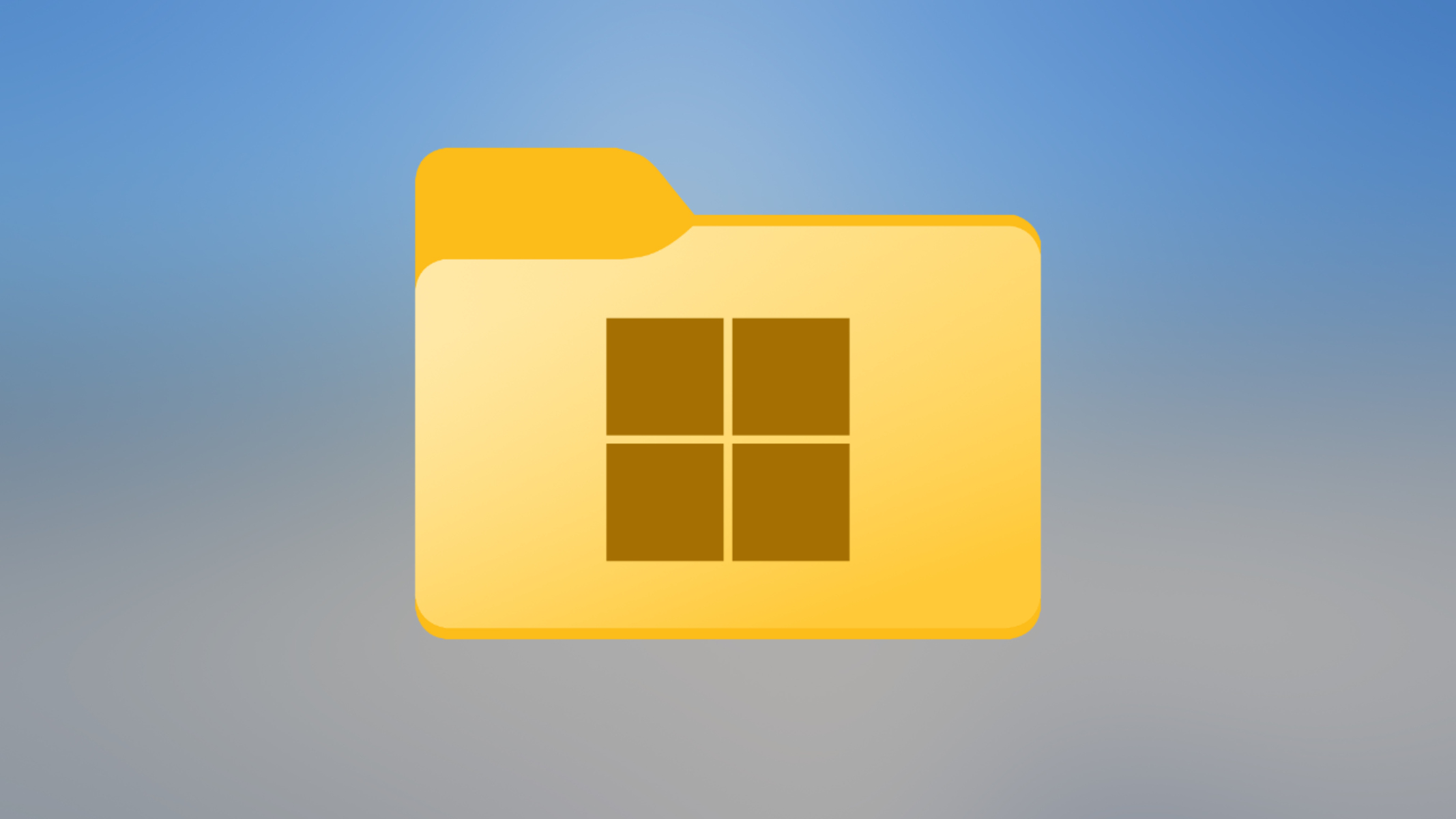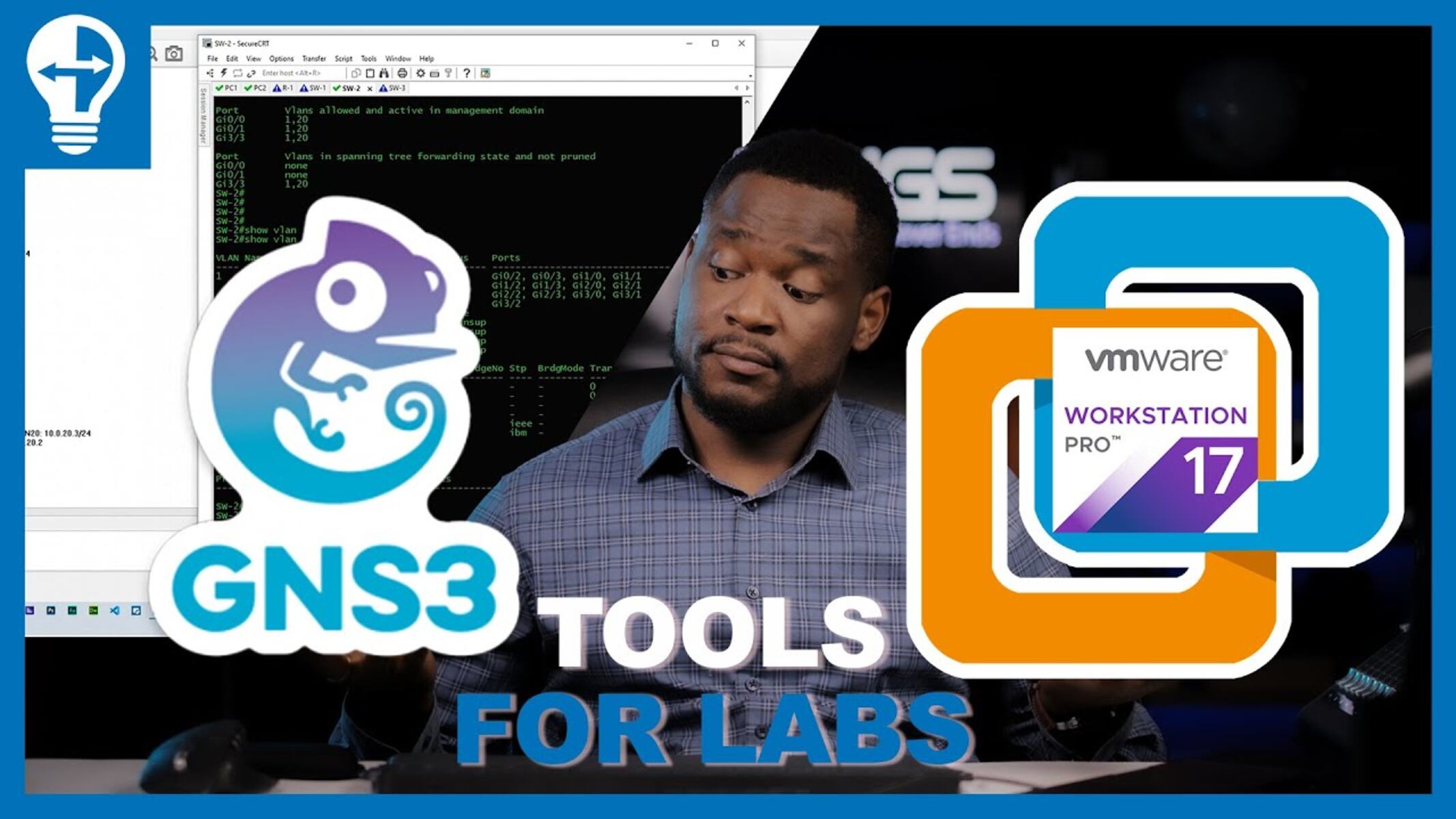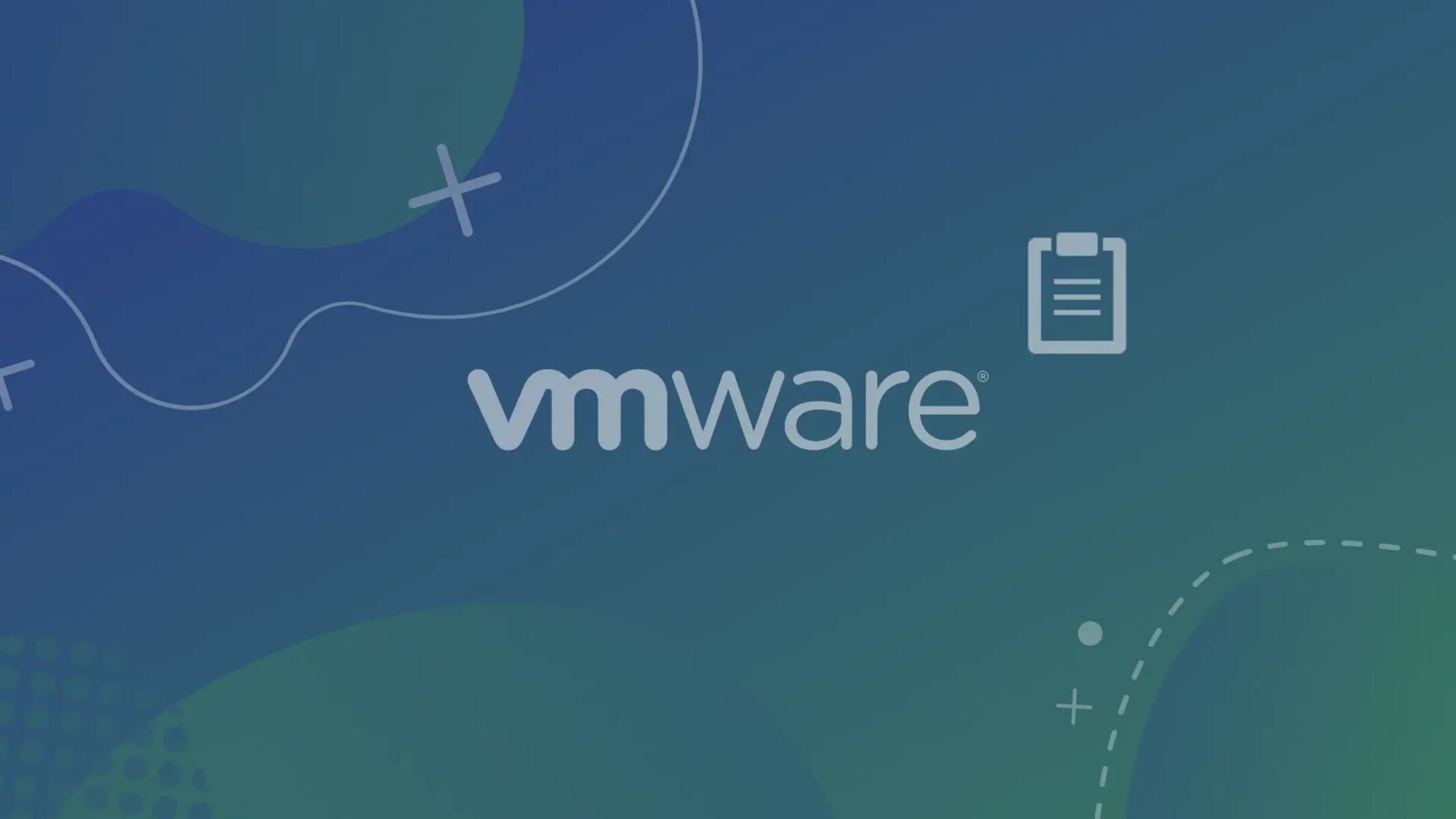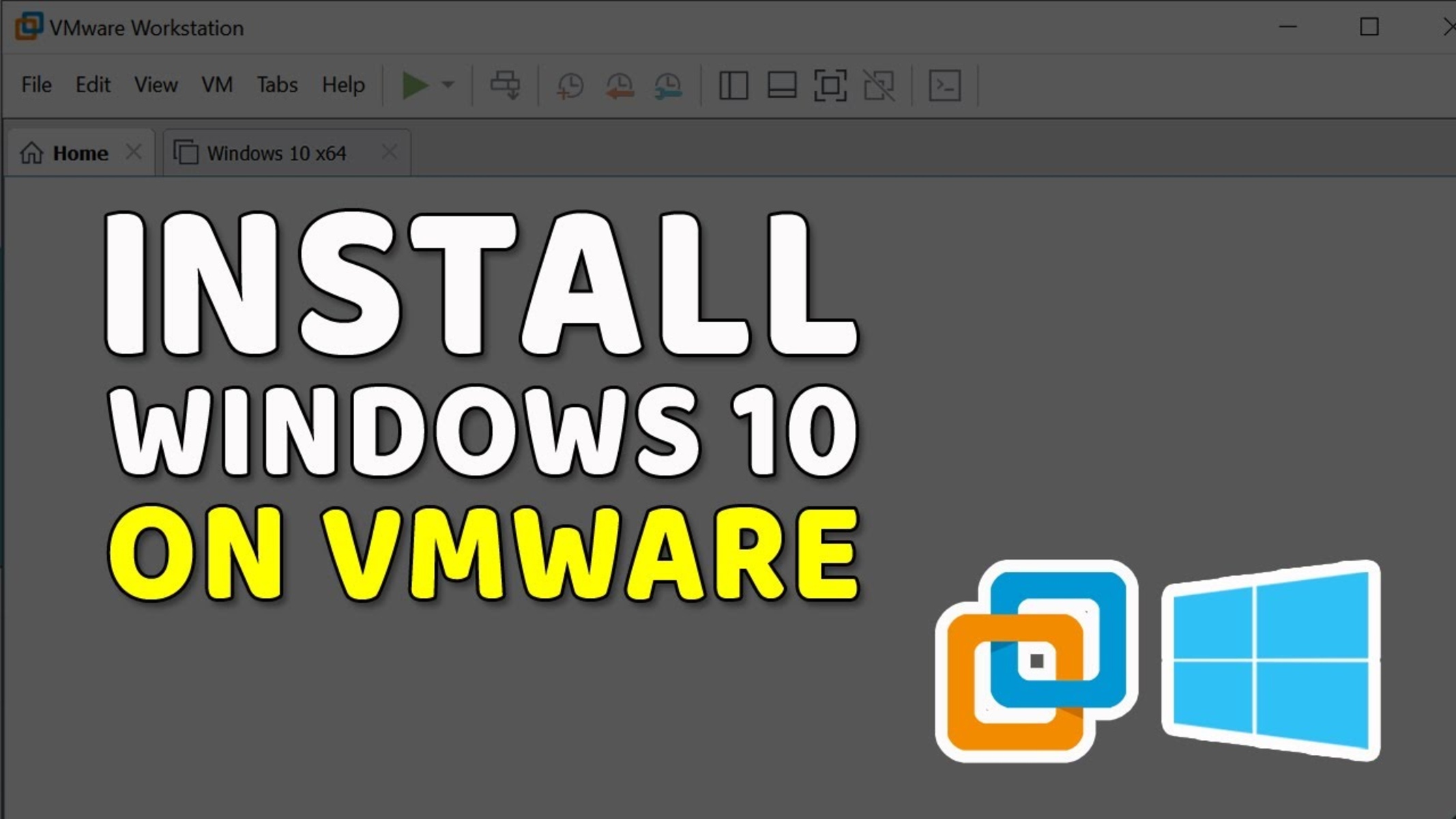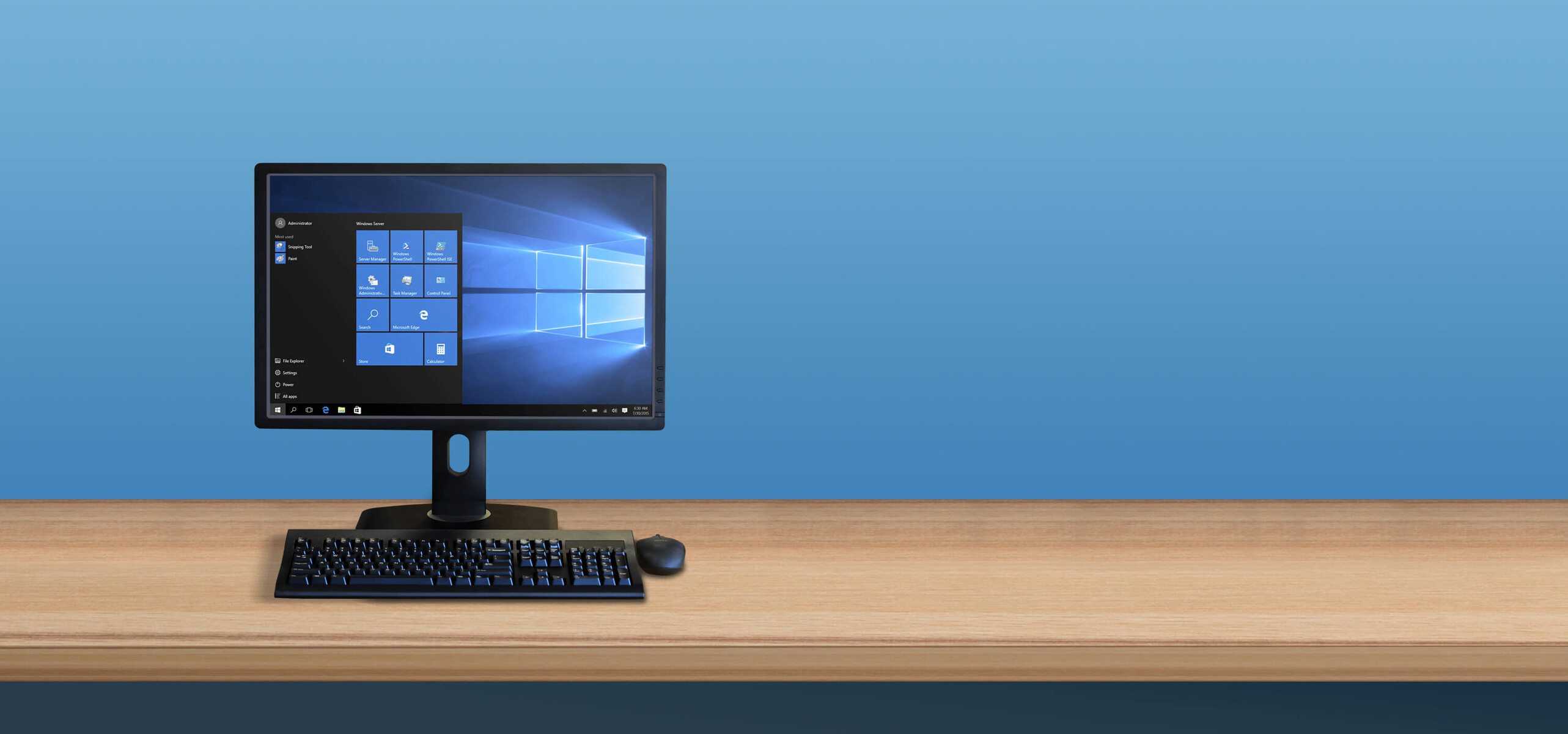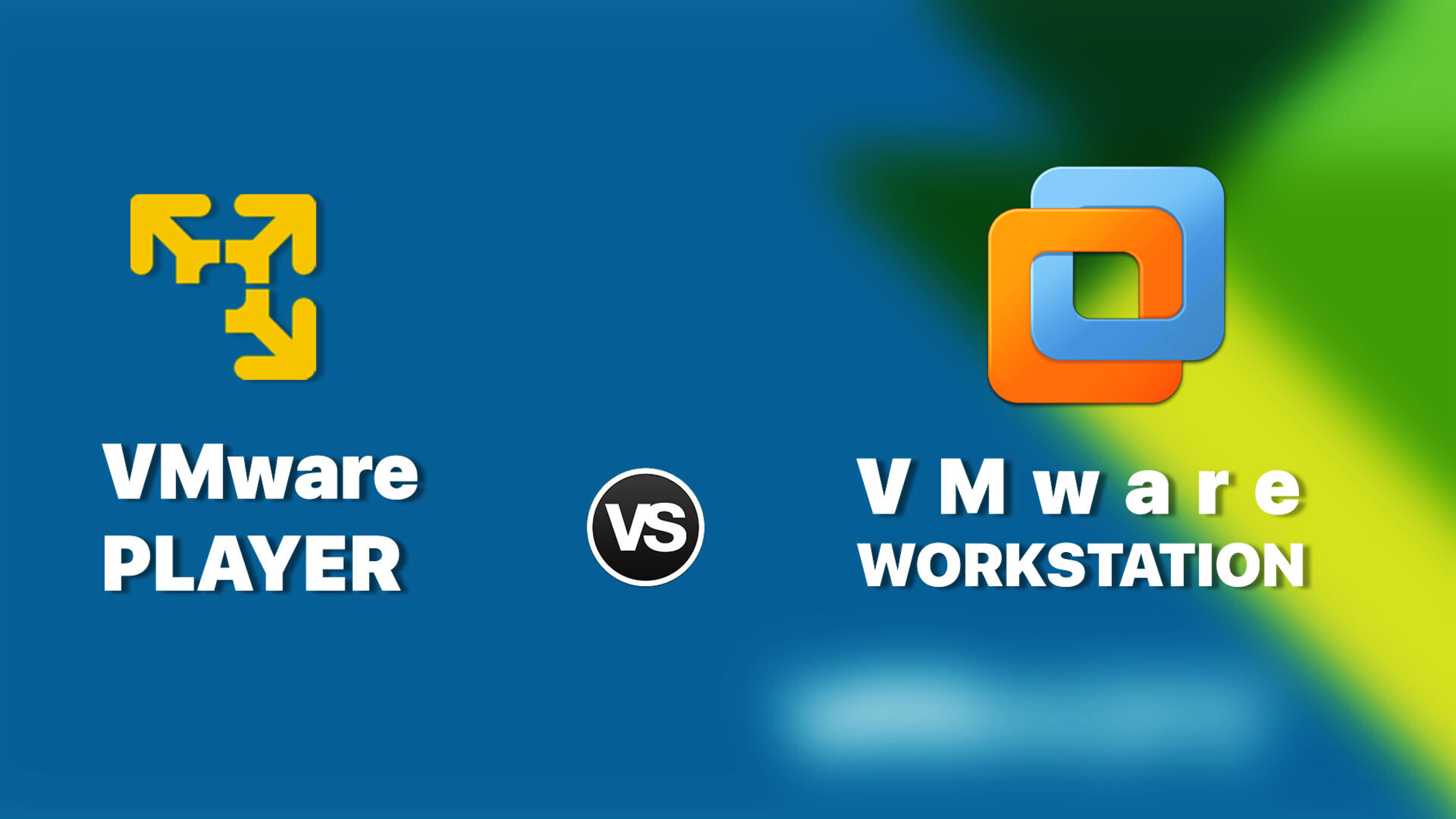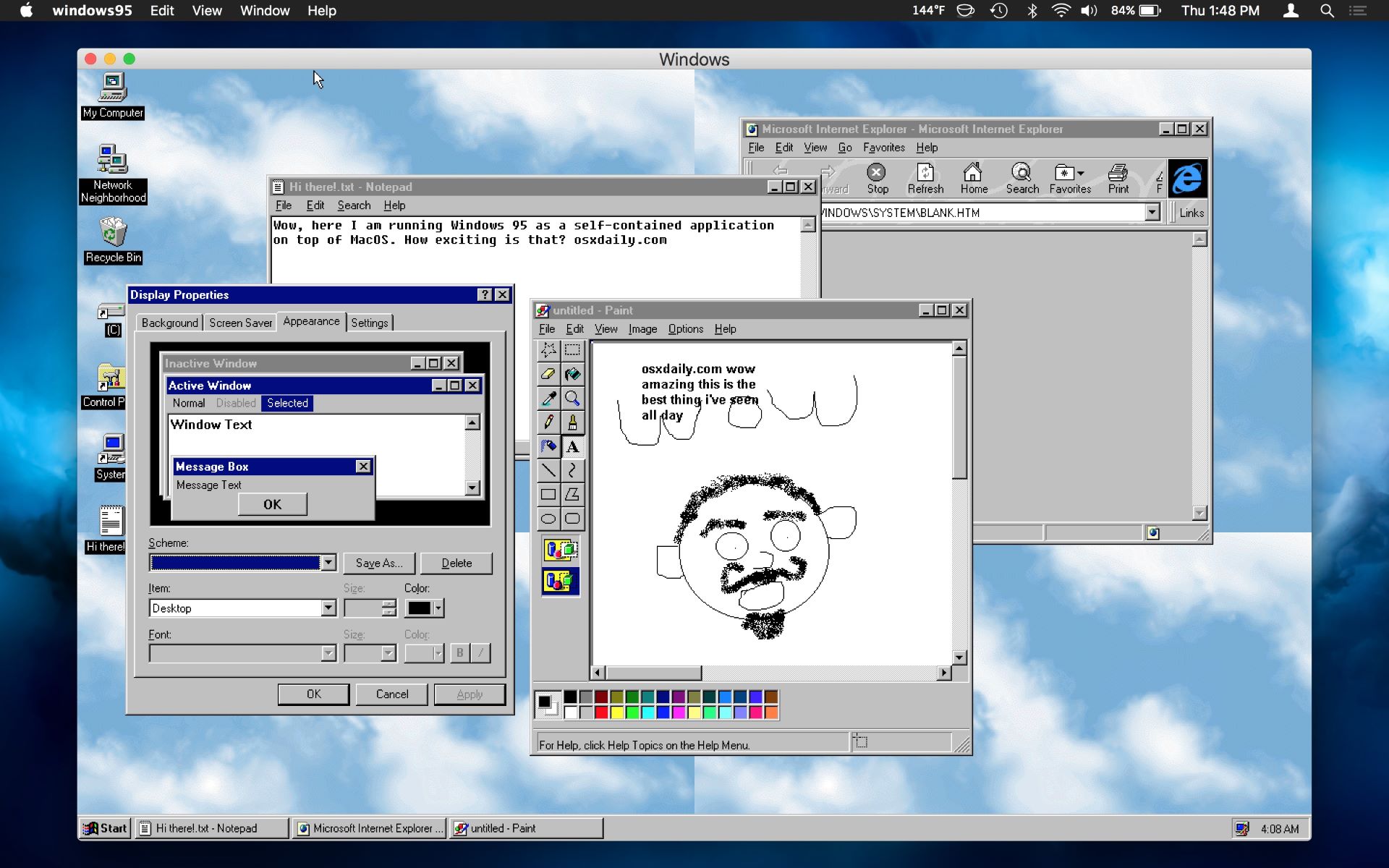Introduction
In today’s digital world, virtualization has become an essential tool for many professionals and enthusiasts. One popular virtualization software is VMware Workstation Player 15. This powerful tool allows you to run multiple operating systems simultaneously on your computer, enabling you to test, develop, and experiment without the need for additional physical hardware.
One useful feature of VMware Workstation Player 15 is the ability to drag and drop files between your host operating system (typically Windows) and your virtual machine (VM). This functionality provides a convenient and efficient way to transfer files, such as documents, images, and videos, between your computer and the VM.
In this article, we will guide you through the process of setting up and using the drag and drop feature in VMware Workstation Player 15. Whether you are a developer testing software in multiple environments or a student experimenting with different operating systems, this tutorial will help you streamline file transfer between your host and VM.
Before we get started, make sure you have the following prerequisites:
- A computer running VMware Workstation Player 15
- A virtual machine created within VMware Workstation Player 15
- A supported guest operating system installed on the virtual machine
Once you have these prerequisites in place, we can begin the step-by-step process of enabling and utilizing the drag and drop functionality in VMware Workstation Player 15. So, let’s jump in and get started!
Prerequisites
Before you can begin using the drag and drop feature in VMware Workstation Player 15, there are a few requirements that need to be fulfilled. Make sure you have the following prerequisites in place:
1. VMware Workstation Player 15: You should have VMware Workstation Player 15 installed on your computer. If you haven’t installed it yet, you can download it from the official VMware website and follow the installation instructions for your operating system.
2. Virtual Machine: Create a new virtual machine within VMware Workstation Player 15. The virtual machine will serve as the environment for your guest operating system. You can create a new virtual machine by following the steps outlined in the VMware Workstation Player 15 documentation.
3. Guest Operating System: Install a supported guest operating system on your virtual machine. VMware Workstation Player 15 supports a wide range of operating systems, including various versions of Windows, Linux, and macOS. Ensure that the guest operating system you plan to use is compatible with VMware Workstation Player 15, and follow the installation instructions provided by the operating system vendor.
4. Admin Access: To enable the drag and drop feature, you will need administrative access to both the host operating system (typically Windows) and the virtual machine. Make sure you have the necessary permissions to modify settings and install software on both systems.
Once you have verified that you meet these prerequisites, you are ready to proceed with enabling and configuring the drag and drop functionality in VMware Workstation Player 15. In the following sections, we will guide you through the step-by-step process to ensure a seamless file transfer experience between your host and virtual machine.
Step 1: Install VMware Workstation Player 15
The first step in utilizing the drag and drop feature in VMware Workstation Player 15 is to ensure that the software is installed on your computer. Follow these steps to install VMware Workstation Player 15:
1. Download: Visit the official VMware website and locate the download page for VMware Workstation Player 15. Choose the appropriate version for your operating system (Windows) and click on the download button to initiate the download.
2. Run the installer: Once the download is complete, navigate to the location where the installer file is saved. Double-click on the installer file to run it. Windows may prompt you to confirm that you want to run the installer – click “Yes” to proceed.
3. Accept the terms: Read through the End-User License Agreement (EULA) and click “Next” to proceed. On the following screen, accept the license agreement terms and click “Next” again.
4. Choose installation type: On the next screen, you will be asked to choose the type of installation. Select “Typical” to install the standard features of VMware Workstation Player 15. Click “Next” to continue.
5. Choose destination folder: Choose the destination folder where you want to install VMware Workstation Player 15. The default location is usually suitable for most users. Once you have selected the destination folder, click “Next” to proceed.
6. Ready to install: Review the installation settings on the next screen and click “Install” to begin the installation process. VMware Workstation Player 15 will now be installed on your computer.
7. Complete the installation: Wait for the installation process to complete. This may take a few minutes. Once the installation is finished, you will see a confirmation message. Click “Finish” to close the installer.
Congratulations! You have successfully installed VMware Workstation Player 15 on your computer. Now you can proceed to the next step of creating a new virtual machine within VMware Workstation Player 15.
Step 2: Create a new virtual machine
After installing VMware Workstation Player 15, the next step is to create a new virtual machine (VM) within the software. The virtual machine will serve as the environment for your guest operating system. Follow these steps to create a new virtual machine:
1. Launch VMware Workstation Player 15: Open VMware Workstation Player 15 by locating the software icon on your desktop or by searching for it in the Start menu. Double-click on the icon to launch the application.
2. Create a new virtual machine: In the VMware Workstation Player 15 interface, click on “Create a New Virtual Machine”. This will open the New Virtual Machine Wizard, which will guide you through the creation process.
3. Choose the installation method: In the New Virtual Machine Wizard, you will be asked to choose how you want to install the guest operating system. You can select “Installer disc” if you have an installation disc or ISO file, or choose “I will install the operating system later” if you want to install the guest operating system manually at a later time. Select the appropriate option and click “Next” to continue.
4. Select the guest operating system: On the next screen, select the guest operating system that you want to install on the virtual machine. VMware Workstation Player 15 includes a list of predefined operating systems, making it easy to choose the correct one. If your operating system is not listed, you can select “Other” and manually specify the details. Once you have made your selection, click “Next”.
5. Name the virtual machine: Give a name to your virtual machine. This can be any name you choose. You can also specify the location where you want to store the virtual machine files. Once you have named the virtual machine and chosen the location, click “Next”.
6. Configure disk size: Decide on the disk size for your virtual machine. By default, VMware Workstation Player 15 allocates a certain amount of disk space, which you can adjust according to your needs. Specify the disk size and choose whether to store the virtual disk as a single file or split into multiple files. Click “Next” to proceed.
7. Customize hardware: In this step, you can customize the hardware settings for your virtual machine, such as memory, processor, network adapter, and display settings. You can either accept the default settings or adjust them as per your requirements. Once you have made the necessary changes, click “Finish” to create the virtual machine.
Congratulations! You have successfully created a new virtual machine within VMware Workstation Player 15. In the next step, we will guide you through the process of installing the guest operating system on the virtual machine.
Step 3: Install guest operating system on the virtual machine
Now that you have created a new virtual machine within VMware Workstation Player 15, it’s time to install the guest operating system on the virtual machine. Follow these steps to install the guest operating system:
1. Power on the virtual machine: In VMware Workstation Player 15, select the virtual machine you created and click on the “Play” button to power it on. The virtual machine will boot up and display a black screen.
2. Choose the installation method: Depending on your selection during the virtual machine creation process, you will either be prompted to insert the installation disc or browse for the ISO file. Follow the on-screen instructions to locate and select the installation media.
3. Begin the installation: Once the installation media is detected, the guest operating system installation process will begin. Follow the on-screen instructions to configure the installation settings, such as language, time zone, and user preferences.
4. Provide the product key: If prompted, enter the product key for the guest operating system. This is typically a unique alphanumeric code that is provided with your operating system installation disc or purchase.
5. Accept the license agreement: Read and accept the license agreement for the guest operating system. This agreement outlines the terms and conditions of using the operating system and may vary depending on the specific version and edition.
6. Choose the installation type: Select the type of installation you want to perform. You can usually choose between a clean installation or an upgrade installation. Follow the on-screen instructions to proceed with the selected installation type.
7. Customize the installation: If desired, you can customize the installation settings, such as the installation location, additional features, and driver options. These settings may vary depending on the guest operating system you are installing.
8. Complete the installation: Once you have configured the installation settings, initiate the installation process. The guest operating system will now be installed on the virtual machine. This process may take some time, depending on the size and complexity of the operating system.
After the installation is complete, the virtual machine will restart, and you will be prompted to log in to the guest operating system. Congratulations! You have successfully installed the guest operating system on the virtual machine. In the next step, we will enable the drag and drop feature to facilitate seamless file transfer between the host and virtual machine.
Step 4: Enable the drag and drop feature
To enable the drag and drop feature in VMware Workstation Player 15, follow these steps:
1. Power off the virtual machine: If the virtual machine is currently running, shut it down before proceeding. This can be done by selecting the virtual machine in VMware Workstation Player 15 and clicking on the “Power Off” option.
2. Open the virtual machine settings: In VMware Workstation Player 15, select the virtual machine and click on the “Edit virtual machine settings” option. This will open the Virtual Machine Settings dialog box.
3. Go to the options tab: In the Virtual Machine Settings dialog box, click on the “Options” tab at the top. This tab allows you to configure various settings for the virtual machine.
4. Select the General settings: Under the Options tab, select “General” from the list on the left-hand side. This will display the general settings for the virtual machine.
5. Enable drag and drop: In the General settings, you will find an option for “Drag and drop”. Click on the drop-down menu next to it and select the desired drag and drop option. There are three options available: “Disabled”, “Host to guest”, and “Guest to host”. Choose the option that suits your requirements.
6. Apply the changes: Once you have selected the desired drag and drop option, click on the “OK” button to apply the changes and close the Virtual Machine Settings dialog box.
7. Start the virtual machine: Power on the virtual machine by selecting it in VMware Workstation Player 15 and clicking on the “Play” button. The virtual machine will boot up with the drag and drop feature enabled according to your chosen settings.
Now that you have enabled the drag and drop feature, you can easily transfer files between the host operating system and the virtual machine. In the next step, we will walk you through the process of configuring the drag and drop options for more control over file transfers.
Step 5: Configure drag and drop options
After enabling the drag and drop feature in VMware Workstation Player 15, you have the option to configure its settings according to your preferences. Follow these steps to configure the drag and drop options:
1. Power off the virtual machine: If the virtual machine is currently running, shut it down before proceeding. Select the virtual machine in VMware Workstation Player 15 and click on the “Power Off” option.
2. Open the virtual machine settings: In VMware Workstation Player 15, select the virtual machine and click on the “Edit virtual machine settings” option. The Virtual Machine Settings dialog box will appear.
3. Go to the options tab: In the Virtual Machine Settings dialog box, click on the “Options” tab at the top. This tab allows you to configure various settings for the virtual machine.
4. Select the Guest Isolation settings: Under the Options tab, select “Guest Isolation” from the list on the left-hand side. This will display the guest isolation settings for the virtual machine.
5. Configure drag and drop options: In the Guest Isolation settings, you will find the “Drag and drop” section. Here, you can further customize the drag and drop behavior. You have the following options to choose from:
- Disable drag and drop: This option completely disables the drag and drop feature between the host and guest systems.
- Enable drag and drop: This option allows you to freely drag and drop files between the host and guest systems.
- Drag and drop with confirmation: This option prompts for confirmation before allowing the drag and drop action between the host and guest systems. It provides an extra layer of security.
6. Apply the changes: Once you have selected the desired drag and drop option, click on the “OK” button to apply the changes and close the Virtual Machine Settings dialog box.
7. Start the virtual machine: Power on the virtual machine by selecting it in VMware Workstation Player 15 and clicking on the “Play” button. The virtual machine will boot up with the configured drag and drop options.
By customizing the drag and drop settings, you can ensure a seamless and secure file transfer experience between the host operating system and the virtual machine. In the next step, we will explain how you can drag and drop files from the Windows host system to the virtual machine.
Step 6: Drag and drop files from Windows to VM
Now that you have enabled and configured the drag and drop feature in VMware Workstation Player 15, you can easily transfer files from your Windows host system to the virtual machine (VM). Follow these steps to drag and drop files:
1. Power on the virtual machine: Start by powering on the virtual machine in VMware Workstation Player 15. Select the virtual machine and click on the “Play” button.
2. Open the Windows File Explorer: On your Windows host system, navigate to the location where the files you want to transfer are located. Open the Windows File Explorer by pressing the Windows key + E or by clicking on the folder icon on the taskbar.
3. Select the files: In the Windows File Explorer, locate the files or folders you want to transfer to the VM. Click and hold the left mouse button to select the files. You can select multiple files by holding down the Ctrl key while clicking on each file.
4. Drag and drop the files: With the files selected, click and hold the left mouse button on one of the selected files. Drag the files over to the VMware Workstation Player window, which represents the virtual machine. Release the mouse button to drop the files into the virtual machine.
5. Verify the file transfer: Once the files are dropped into the virtual machine, you should see the file transfer progress within the virtual machine window. Depending on the size of the files and the performance of the virtual machine, the transfer may take a few moments to complete.
Congratulations! You have successfully dragged and dropped files from your Windows host system to the virtual machine. The transferred files will now be available within the VM’s file system for you to access and use.
Please note that the drag and drop feature also supports transferring files from one virtual machine to another, as well as between virtual machines and the Windows host system. Simply follow the same steps mentioned above to drag and drop files in the desired direction.
In the next section, we will conclude this tutorial and summarize the key points covered throughout the steps.
Conclusion
In this tutorial, we explored how to enable and utilize the drag and drop feature in VMware Workstation Player 15. By following the step-by-step instructions, you learned how to install VMware Workstation Player 15, create a new virtual machine, install a guest operating system, enable the drag and drop feature, configure drag and drop options, and transfer files from the Windows host system to the virtual machine.
VMware Workstation Player 15 is a powerful tool that allows you to run multiple operating systems simultaneously on your computer, making it ideal for testing, development, and experimentation. The drag and drop feature enhances your workflow by providing an efficient and seamless way to transfer files between your Windows host system and the virtual machine.
Remember to ensure that you have VMware Workstation Player 15 installed, a virtual machine created with a supported guest operating system, and administrative access to both the host and virtual machine before following the steps outlined in this tutorial.
By enabling and configuring the drag and drop feature, you gain greater flexibility and productivity in managing your files within the virtual machine environment. Whether you are a developer, student, or enthusiast, VMware Workstation Player 15 offers a user-friendly experience with powerful virtualization capabilities.
We hope this tutorial has helped you understand the process of enabling and using the drag and drop feature in VMware Workstation Player 15. Now you are ready to take advantage of this convenient file transfer method to streamline your work and efficiently manage your virtual machine files.







